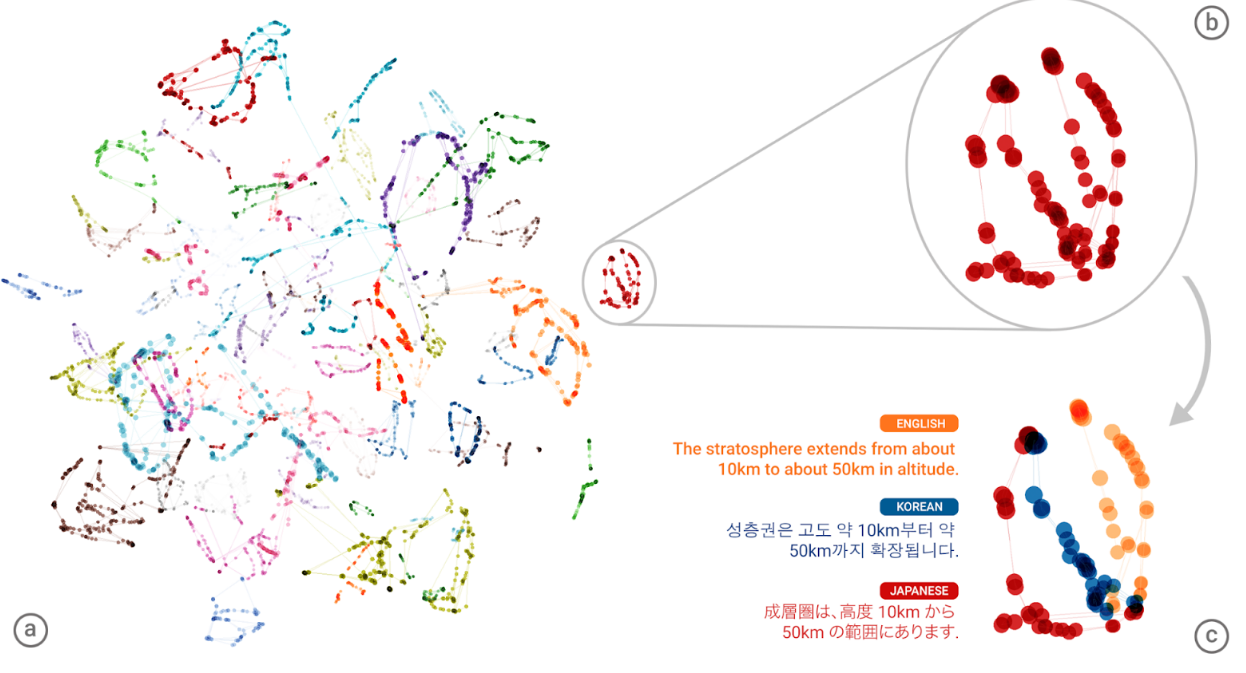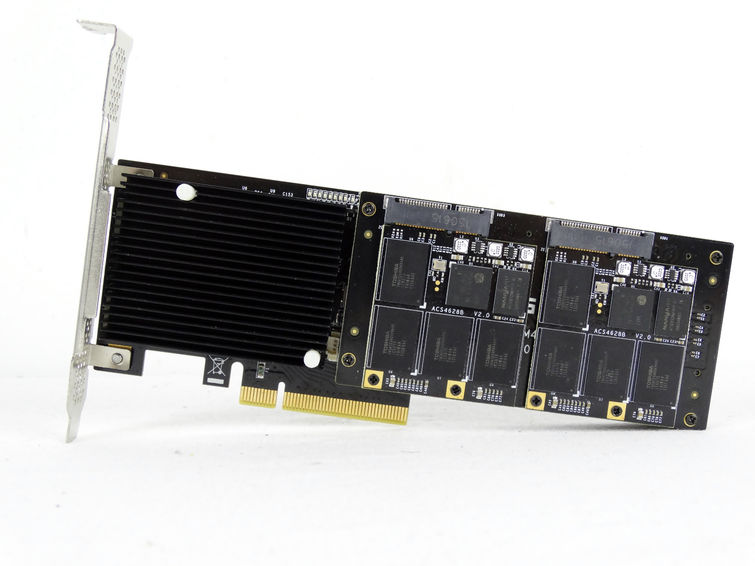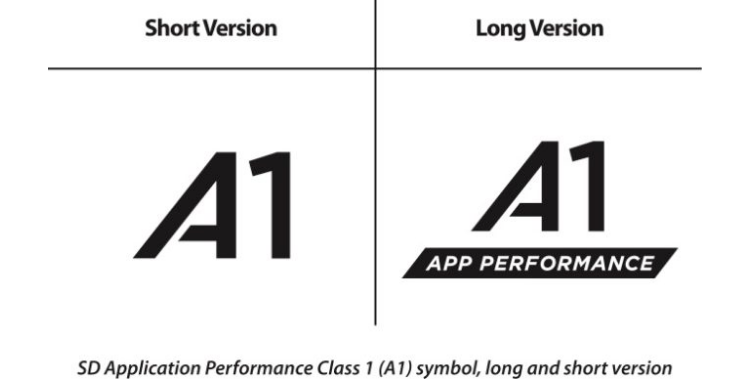The Week In CPUs And Storage: Check Out My 256GB UHS-II C10 U1 V10 A1 Class 1 SDXC Card!
Holiday weeks typically make for slow news weeks, but thankfully (heh) there were some interesting Thanksgiving nibbles to chew on this week. Let's run through the quick recap, then cover the SD Association's attempts to clean up its own speed class mess. (Hint: It made it worse).
We're still on a gaming laptop review bender. This week we examined the Asus Strix GL502VM-DB71. The beefy lappy comes with an Intel Core i7-6700HQ, 16GB of DDR4-2133, and an Nvidia GTX 1060 outfitted with 6GB of GDDR5. Asus managed to combine all of these features with a nice price point that is among the best in the entry-level market. Accordingly, the GL502VM takes a prominent spot in our inaugural Best Gaming Laptops guide. Our newest guide will swell as we burn through more of our pending reviews, so stay tuned.
Microsoft is betting big on the future of quantum computing, in part because of its potential impact on machine learning performance, among many other uses (both good and bad). Microsoft assembled a multi-national team of leading quantum computing experts to further its efforts, which it hopes will boost its efforts to build a topological quantum computer. In other news, Google's AI translation algorithms have developed its own "interlingua" (internal language) that Google itself didn't design and doesn't understand. I'm not sure how smart it would be to add quantum computing to that mix, but maybe I'm reaching for the tinfoil hat a bit too early.
MX Technology put a new spin on the old all-in-one RAID category with its latest MXSSDEP3 SSD, so we took it for a spin against the smaller competition. Back in my day, we used to have to slap together multi-thousand-dollar RAID arrays using 2.5" SSDs and enterprise RAID cards to satisfy the need for ludicrous storage speed. Then the kludgy all-in-one RAID card category emerged, which fused a few SSDs onto a single card. The M.2 form factor stands out the most to me as a huge advance because it gives us similar performance in a gumstick device, but how does it fare against this massive card?
Netflix announced that streaming the new 4K Gilmore Girls episodes (which I have so been waiting for) requires Windows 10, the Edge Browser, and Kaby Lake CPUs. The reason, in a nutshell: Windows 10 is the only MS OS that supports 4K, the Edge Browser is the only browser that supports 4K and PlayReady 3.0 hardware-based DRM, and Kaby Lake supports PlayReady 3.0 and HVEC 10-bit. One reader also suggested that you must own a cat as well, which isn't unthinkable considering the current restrictions.
Some Nvidia and AMD GPUs meet the requirements (both HEVC and DRM), but Netflix curiously doesn’t support them at this time. There are also reports that the Windows 10 Netflix app does not support 4K streaming on the desktop even if you meet all of the other requirements, which does make this whole affair smell of a marketing stunt gone, well, marketing. Of course, me mateys point out that these types of oppressive restrictions are exactly why swashbuckling pirates exist, and I doubt the new DRM will stop them (us?) for long.
We've been following 3D XPoint with a laser-like intensity since the first announcement, and due to Intel's and Micron's vague marketing practices, there are far more unknowns than knowns. At times, it's been like watching a soap opera (Gilmore Girls?) unfold as the entire computing world creates and regurgitates rumors, but more concrete details have finally arrived before the launch. We've been chasing the details for quite some time, and finally put them all together in one place in our 3D XPoint: A Guide To The Future of Storage-Class Memory article. Perhaps most interesting, we were finally able to compile some of Intel's and Micron's performance claims to compare the two storage products head to head.
Get Tom's Hardware's best news and in-depth reviews, straight to your inbox.
Black Friday is great, but Cyber Monday is even better. We've compiled a Best Cyber Monday Deals Guide and also a more general Tom's Hardware Gift Guide to help the non-technical buy for us enthusiasts.
SD Memory Card Association Slathers A1 Performance Class Sauce On SDXC
Smothering something with A1 sauce always makes it better; that's just a given. The SD Association, the group behind standardizing all things of the SD variety, took this same tack with its new SD Specification 5.1.
The new specification adds the A1 Application Performance Class to the existing SDHC/SDXC speed classes in a bid to simplify the performance rankings. These performance rankings are the little symbols that we see on the existing SDHC/SDXC cards, which are already somewhat confusing to the layman, and a bit clustered on the diminutive products.
The new A1 Class denotes that the card is fast enough for you to offload phone apps onto it, a feature that Android enabled in Marshmallow. Unfortunately, slower SD cards do not provide enough performance to run applications. Android conducts a performance test, and if the card is too slow, you cannot use it for application offloading.
The big gotcha is that you have to own the card to determine if it is fast enough to pass the test. The new A1 certification steps in to clear things up. The A1 symbol means that 1) the SD card vendors will have to use a smaller font to cram yet another speed class onto the card, and 2) that the card supports the absolute minimum requirement for running apps, which is a depressing 500 write IOPS, 1,500 random read IOPS, and 10 MB/s of throughput.
The big problem with the previous performance classes is that they largely defined sequential performance--not the random access performance that applications require. Truth be told, it's sad that we even need a distinction to denote that the card is that utterly, horribly slow, but that is the state of the market. The SD Association will add higher classes in the future, such as A2, to denote cards that are actually worth owning--but it hasn't set a timeline for such technology advances.
In either case, until then we have the trusty SD Association guidelines to help the average consumer navigate the minefield of confusing symbols on the SD card. Is it possible to have a 256GB UHS-II C10 U1 V10 A1 Class 1 SDXC card? It appears so. Thanks SD Association, that clears things up nicely.
The SD Association proclaimed quite proudly that the A1 symbol will also appear on the packaging. It appears they've just added another symbol to the SD card hieroglyphics, so deciphering things actually just became more complex. Perhaps they should just add a Rosetta Stone equivalent to the packaging, so the average consumer can decipher what all of these symbols mean.
Of course, all of this will be null and void when UFS products come to market. Samsung announced its first UFS cards back in July, but they have yet to materialize. These wonderful little pieces of vaporware boast 530/250 MB/s of sequential read/write throughput and up to 40,000/35,000 random read/write IOPS. The A1's 1,500 IOPS feel a bit flaccid by comparison.
UFS also supports command queuing and simultaneous read and write capabilities. But alas, they also require a specialized connector, which means it will probably be some time before we see UFS penetrate into the mainstream.
We expect a slew of announcements from the normal suspects stating that they have new A1-compliant devices in the near future, but they'd better hurry, as SD slots are disappearing from phones at an alarming rate.

Paul Alcorn is the Editor-in-Chief for Tom's Hardware US. He also writes news and reviews on CPUs, storage, and enterprise hardware.









